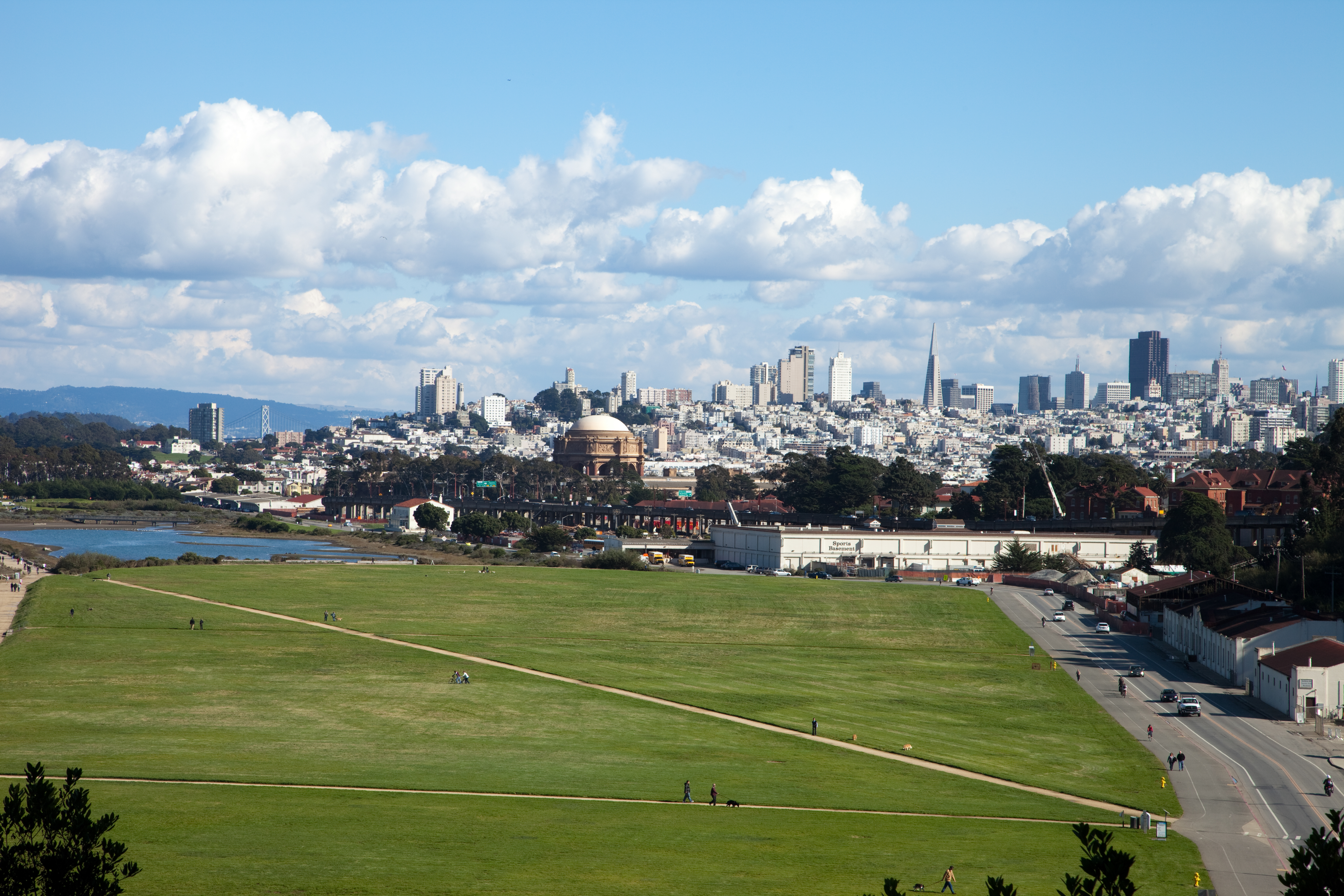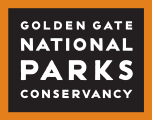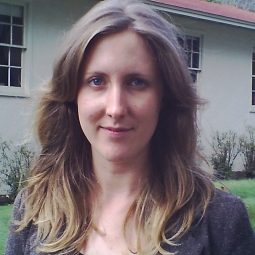Institute at the Golden Gate Launches Urban Work
Publication Date
Image

Story/Content
We’ve seen the statistics. For the first time in history, the majority of people now live in cities. What’s more, urbanization is rising rapidly, with today’s 3.5 billion city dwellers swelling to 5 billion in 2030 and 6.3 billion by 2050. Is there a role for parks in ensuring that such rapid growth is sustainable? How can parks be part of the solution to human health and well-being as our cities continue to grow?
Ever since urban parks were first designed and built by pioneers such as Frederick Law Olmstead, the importance of natural spaces in cities has been recognized and supported. Parks are an affordable resource providing an abundance of mental, physical, and social health benefits while at the same time contributing directly to common goods such as air and water quality, biodiversity and carbon sequestration. Today’s global Healthy Parks Healthy People movement is an example of urban parks’ value and relevance. This movement has mobilized public lands as a free or low-cost preventive health resource, fostering programmatic partnerships with individuals, families, and community health organizations as a way to increase their relevance and build constituencies with stewardship values.
We tend to think of the urban and the natural as opposites, but I would argue that the connections between human health, societal health, and environmental health play out robustly in all aspects of urban life (UCLA’s Jon Christensen might agree). The American Planning Association also identifies a host of ways that parks and open spaces are key to improving life in cities, including:
- Community engagement & revitalization
- Economic development
- Creating safer neighborhoods
- Green infrastructure
- Helping children learn
- Arts and cultural programs
- Promoting tourism
- Smart growth
- Climate change management
As urbanization continues apace, we at the Institute at the Golden Gate recognize the growing need for practical tools to help urban parks make these important contributions. Over the coming months, we’ll be sharing stories from interviews in our own backyard and beyond. As with our health, food, and climate work, we will share stories from the brightest spots of innovation, bring together communities of practice around key issues, and ultimately make policy recommendations that are field-tested and stakeholder-approved.


